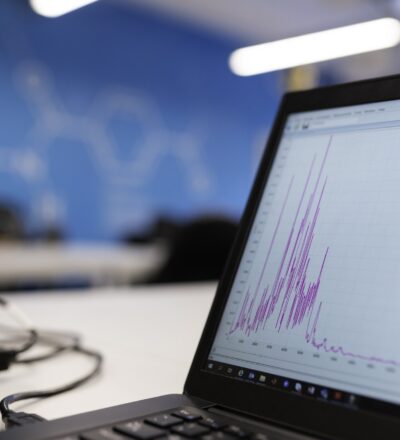Together with FrieslandCampina, the chemometrics department of the Radboud University has compared different methods for the dynamic synchronization of production data that has to be performed before multivariate statistical analysis. It was shown that the method leading to the most informative analysis is one that is not reported in literature, and that using this method can fundamentally improve process monitoring and control.
Integrating Sensor Based Process Monitoring and Advanced Process Control (INSPEC) is an ISPT-managed project in which academic institutes and industrial chemical and food companies collaborate to provide new and improved process control and monitoring solutions. These solutions will allow for a more efficient use of energy and raw material usage, while guaranteeing a consistently high production quality.
Fundamental issue
In the most recent INSPEC-paper, a fundamental issue concerning the statistical analysis of (historical) production data has been addressed. Process data coming from different sources throughout the plant should be dynamically synchronized for such an analysis, and subsequent control actions, to be accurate. Different methods for dynamic synchronization are reported in literature, and most data collection and analyses systems have one incorporated. However, no critical and fundamental comparison of these methods is reported.
In the latest INSPEC-paper, a comparison of different methods for dynamic synchronization is performed using historical production data from FrieslandCampina, one of the INSPEC-partners. For one of their continuous production plants, process data including temperatures, flow rates and pressures were collected for three months. The different synchronization methods were applied, and a statistical model predicting the product quality from those process variables was calibrated for each of the synchronized datasets.
New method
The method that led to the most accurate prediction model is to use a moving median-filter placed before the to-be predicted production times, and with a window width of 168 minutes. This method is not only different from the one currently used by the data management system of FrieslandCampina, it is also not reported in literature for this application.
For many other production facilities that suffer from the issue of dynamic synchronization, changing to this method could also significantly improve the control of the process. It is furthermore remarkable that the window width found optimal for the example case study is 168 minutes, as the total processing time of the plant is only 30 minutes. This suggests that changes in the physical state of the plant can affect the production quality longer than one might expect.
Further advances on this topic focus on developing and demonstrating a strategy for optimizing the dynamic synchronization method per process variable individually, instead of for the entire dataset as is currently done. Moreover, it is explored how this research can be implemented in commercially available software solutions for dynamic process modelling.
Written by: Tim Offermans (Radboud University), Ewa Szymańska (FrieslandCampina), Lutgarde M. C. Buydens (Radboud University), Jeroen J. Jansen (Radboud University).
Acknowledgement
This project is co-funded by TKI-E&I with the supplementary grant 'TKI- Toeslag' for Topconsortia for Knowledge and Innovation (TKI’s) of the Ministry of Economic Affairs and Climate Policy.
